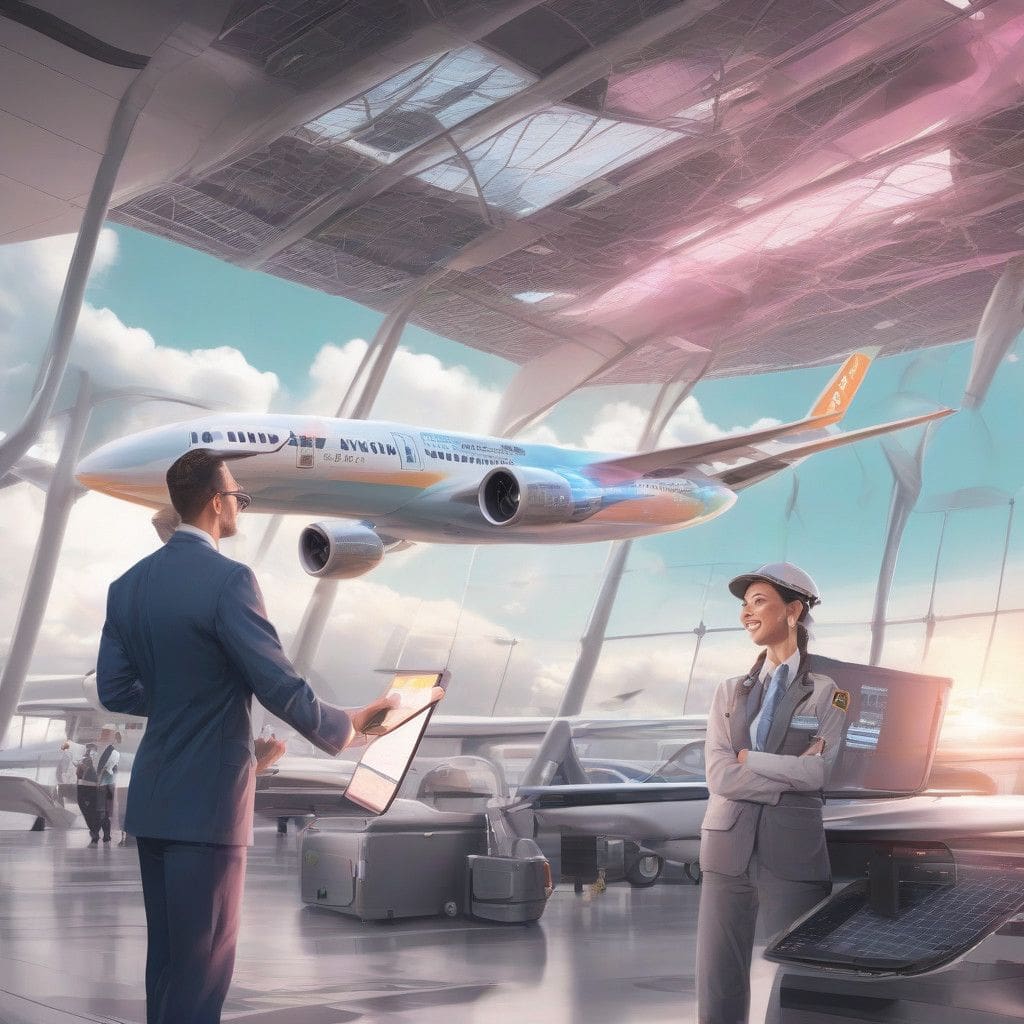Despite the promises made by governments and industry leaders, the path toward achieving net zero aviation by 2050 appears daunting. A recent report titled “Five Years to Chart a New Future for Aviation” lays out four critical Sustainable Aviation Goals for 2030, emphasizing the urgency for immediate action. If the aviation sector hopes to align itself with net zero objectives, these actionable steps must be executed within five years.
The report highlights that achieving net zero aviation by 2050 is not an impossible task; however, the timeline is increasingly tight. Professor Rob Miller, Director of Whittle Lab, likens the current state of aviation to that of the automotive industry in the late 2000s. At that time, the focus was heavily placed on biofuels as a substitute for petrol and diesel. However, it was the advent of electric vehicles, exemplified by Tesla, that radically transformed the landscape.
The proposed five-year plan aims to expedite decision-making processes within the aviation sector. According to Professor Miller, “Our five-year plan is designed to accelerate this decision point, setting us on a path to achieve net zero aviation by 2050.” This statement underscores the pressing need for a shift in mindset and strategy, similar to what the automotive industry experienced.
The urgency of this situation is echoed by Eliot Whittington, Executive Director at the Cambridge Institute for Sustainability Leadership. He notes that discussions surrounding sustainable aviation often oscillate between overly optimistic projections of current industry efforts and grim analyses of the industry’s environmental impact. “The Aviation Impact Accelerator modelling has drawn on the best available evidence to show that there are major challenges to be navigated if we’re to achieve net zero flying at scale, but that it is possible,” Whittington remarked. The report emphasizes that with a renewed focus and an increase in ambition from both governments and businesses, it is feasible to tackle these challenges. In doing so, the sector can potentially foster the growth of new industries and support broader economic shifts.
One of the key aspects of the report is its realistic assessment of the hurdles faced in achieving net zero aviation. The modelling conducted by the Aviation Impact Accelerator indicates that while challenges abound, they are not insurmountable. For instance, the sector must advance in areas such as sustainable aviation fuels (SAFs), electric aircraft technology, and regulatory frameworks that incentivize innovation. Each of these components is essential if the industry is to meet its environmental goals and thrive sustainably.
The report takes significant strides toward providing clarity on the steps necessary for success. The four Sustainable Aviation Goals for 2030 outlined in the document include the development of new technologies, increased efficiency measures, enhanced supply chains for SAFs, and improved collaborations across industry stakeholders. Each goal presents a specific task that, when tackled promptly and effectively, can pave the way toward the overarching goal of net zero emissions.
Moreover, the report was crafted by the Aviation Impact Accelerator (AIA), a collaborative endeavor led by the University of Cambridge, and is hosted by both the Whittle Laboratory and the Cambridge Institute for Sustainability Leadership. This alliance brings together a wealth of expertise, enhancing the credibility and seriousness of the report’s findings. Leaders in the aviation sector are set to receive this vital information at industry events hosted by the Sustainable Markets Initiative during New York Climate Week, further emphasizing the pressing timeline confronting them.
The urgency conveyed in the report cannot be overstated. The aviation sector, which has long been criticized for its carbon emissions, has a unique opportunity to reinvent itself. With focus and ambition, the industry can transition from its current state toward one that is environmentally sustainable and economically viable.
As we consider the next steps, it’s clear that aligning the various stakeholders—from governments to airlines, and from technology providers to researchers—is crucial. A concerted effort can leverage shared resources and ideas, ultimately leading to innovative breakthroughs.
In conclusion, the vision for net zero aviation by 2050 is within reach, provided that stakeholders take immediate and decisive action. The path forward is laden with challenges, yet the rewards—a sustainable future and the potential for economic revitalization—are worth the effort.












